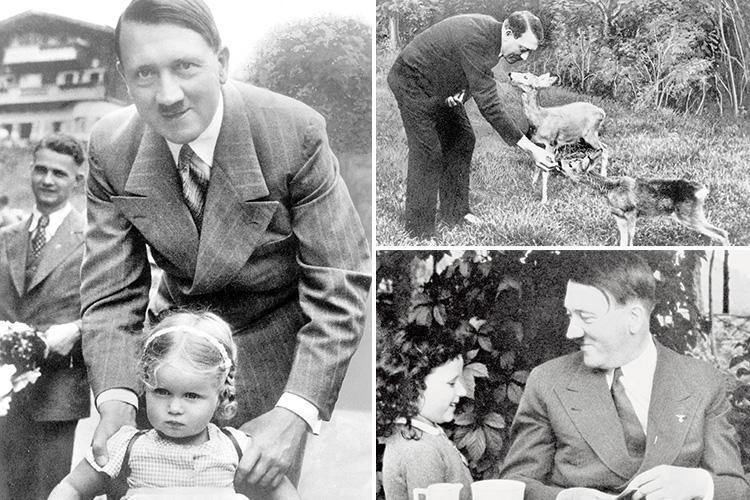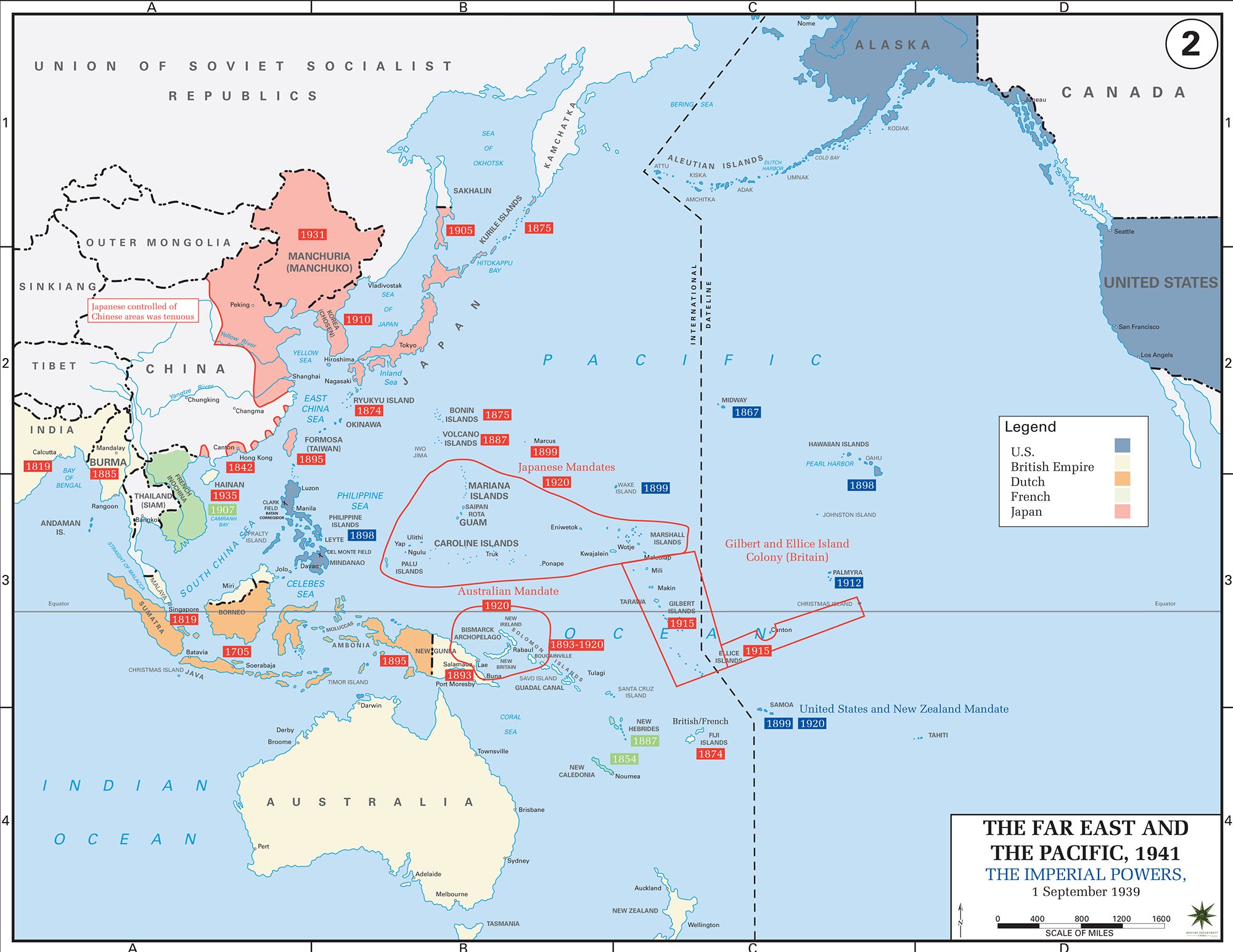Chapter 684: The Adolf Hitler Benevolent Charitable Society

After Adolf Hitler had become Chancellor of Germany, up until his death during the Second Great War, he earned many million Reichsmark throughout his career, mainly through sales of his book Mein Kampf (My Struggle), as well as his salaries as Chancellor and President. After gaining power he even made himself tax-exempt. Originally Hitler wrote his political manifesto and autobiography Mein Kampf ("My Struggle") in Landsberg prison while serving a sentence for high treason as a result of the failed Beer Hall Putsch of 1923. The book was printed by the Franz Eher Nachfolger publishing house and largely ignored at first, but sales began to boom in the late 1920s and early 1930s as economic depression and social unrest troubled Germany, factors which significantly boosted Hitler's popularity. After Hitler came to power in 1933, couples who married under the Nazi state were given a copy as a wedding gift. The book eventually became a best-seller within Nazi ruled Germany, selling almost twelve million copies by the war's end. While hyperinflation of the Weimar Republic had crippled the German economy and plunged millions of German workers into unemployment, Hitler and his party received lavish donations from wealthy benefactors at home and abroad. The iconic American car maker and anti-Semite Henry Ford was reported to be one of the foreign supporters. Helene Bechstein, part of a rich aristocratic family who sold pianos, supported Hitler financially and gave him a top hat and business suit. The Ruhr steel barons Fritz Thyssen and Gustav Krupp donated almost five million Reichsmark to the Nazi Party over the course of the war.

Much of the party donations were used to pay off many of Hitler's private projects, such as the Berghof and Eagles Nest. He caused a minor controversy within leading elements of the party when he, in 1925, purchased a luxury Mercedes-Benz and a chauffeur to drive it for a total expenditure of 20,000 Reichsmarks. Some stated that Hitler is driving a Mercedes, which cost incredible amounts of money, can afford to go on travels and has enough money to finance his propaganda appearances. All of this is financed through a system of slush-funds, essentially the donation of larger and smaller benefactors. Till 1930 Adolf Hitler had sold 55,000 copies of Mein Kampf in a single year, as more and more party members and citizens were interested in what Hitler was all about. In 1933 when Hitler took power in Germany, sales skyrocketed to over 850,000. Hitler then made the government itself buy 6 million copies of his book, to provide them to soldiers and government workers alike. Married couples even got a free copy on their wedding day. Throughout his rise to power, Hitler neglected to pay taxes on his income and allowances. In 1934, one year after becoming Chancellor, the tax office of Munich sent Hitler a fine of 405,494.00 Reichsmark for not paying taxes nor properly declaring his income. He was given only eight days to pay off this debt. The new Chancellor responded by ordering a state secretary of the ministry of finance to intervene, which resulted in Hitler becoming tax-free. The head of the Munich tax office declared, "all tax reports delivering substance for a tax obligation by the Führer are annulled from the start. The Führer is therefore tax-exempt". After the death of President Paul von Hindenburg, Hitler took over his office and claimed his salary as well.

With the start of the Second Great War, royalties on the sales of his book stopped, as he was declared a enemy of the Allies. Until then he had made 560,000$ in royalties from Britain and 50,000$ in royalties in the United States. Thanks to the “Trading With The Enemy Act” the United States government stopped this money to flow to Germany and instead used the 260,000$ in royalties for war refugee charities. At the height of his rule, shortly before his death, Hitler would earn about 13,5 million dollar a year in today's money. Overall Hitler had earned around 170 million dollar in today's money from his book sells alone, money he used to buy estates or found the Nazi Party. Hitler even had licensed his image to the government, from postcards over pictures, propaganda leaflets and books. After his death, some of this money, like that of the Adolf Hitler Foundation (AHF), managed by the Adolf Hitler Society (AHS), both ironically supported by Adolfists and Hitlerists alike, went into education, charity and other good-will projects, even on the Allied side, were Hitler's enemies did nearly the same with the royalties from his book. So in the End a man who died to early to cause all the horror he had planned and who was only prevented from doing so by a military coup ended up as a benevolent, interesting and well liked historical figure, who's Foundation, Society and groups inspired by him did charity of all sorts and kinds. Nearly all of them not in the name of humanity as a whole, but their respective nation states, governments, military and overall ideologies, but still. Some of them would even help in the foundation and financiation of the Neo-Ottoman Empire Province of Yehudah/ Yehud/ Judea/ Judah, or Yehud, (the autonomous province of the Kingdom of Judea), as well as the German-French Protectorate of the Kingdom of Israel in Madagascar.






